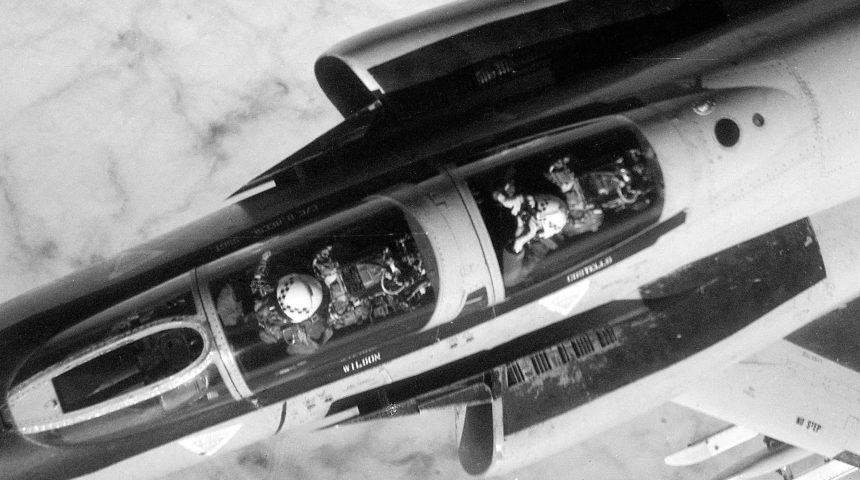Extremely interesting shots taken by the Soviet aircrews during Cold War intercepts.
The Tu-95RT Bear-D variant performed a maritime surveillance and over-the-horizon targeting mission for other aircraft, surface ships and submarines. It was identifiable by a large bulge under the fuselage, which reportedly housed a radar antenna that was used to search for and detect surface ships. Decommissioned in the 1990s, they were based at Kipelovo (the base that currently hosts the Russian Naval Aviation Tu-142s). Starting from 1963-1964 as many as 53 Soviet Tu-95RTs performed the tasks of detecting carrier groups in the oceans, and the Soviet 392 ODRAP (separate long-range reconnaissance aviation regiment) was responsible for the Atlantic region. Aircraft were based other than Russia, in Cuba, in Guinea and Angola. Most of the known photos with Tu-95 intercepts are Tu-95RTs belonging to the 392th squadron.
Thanks to Dmitriy Ermolin and the FB page dedicated to Kipelovo airbase he administers, we are able to see the NATO interceptors dispatched to identify and escort the Soviet Bear-D aircraft during their long-range missions (the very same the Bear variants continue to fly nowadays) as seen from the cockpit of the Bears.
“My father served in Kipelovo, was the chief of staff of the maintenance unit,” Dmitriy told us in a message. “I spent my childhood in Kipelovo with everyday sounds of Bear’s NK-12 engines. I’m not a military man. I’m an economist, PhD in economics (Russian equivalent).” The quality of the images Ermolin was able to collect is impressive. They are all B/W, mainly taken in 1970s, and show U.S. Navy F-4 Phantoms, F-14 Tomcats and also P-3s, USAF F-4s based in Iceland, RAF Phantom GR.1s, and also RNoAF F-104s.
Take a look.
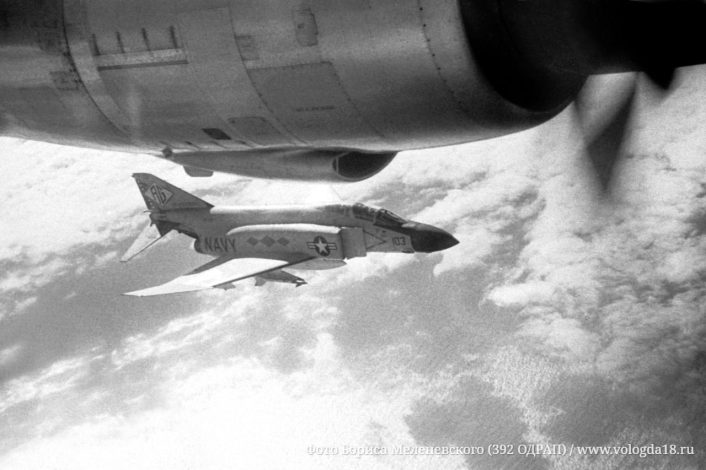
Boris Melenevskiy (392 ODRAP).
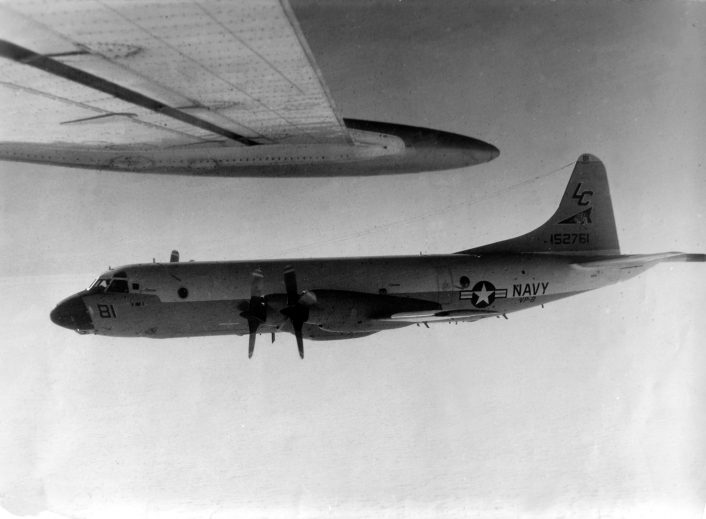
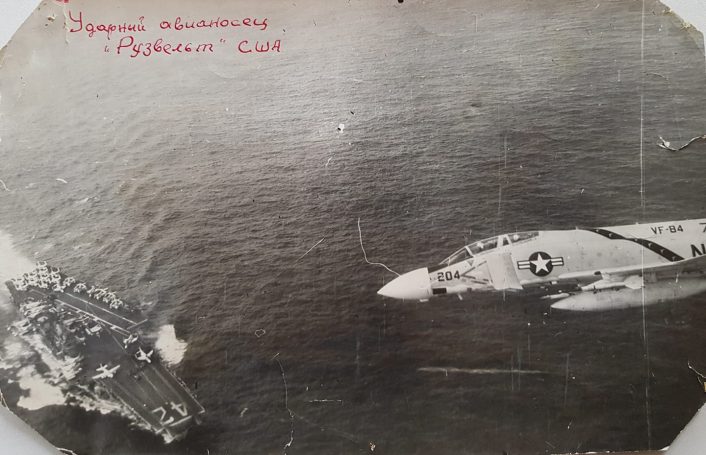
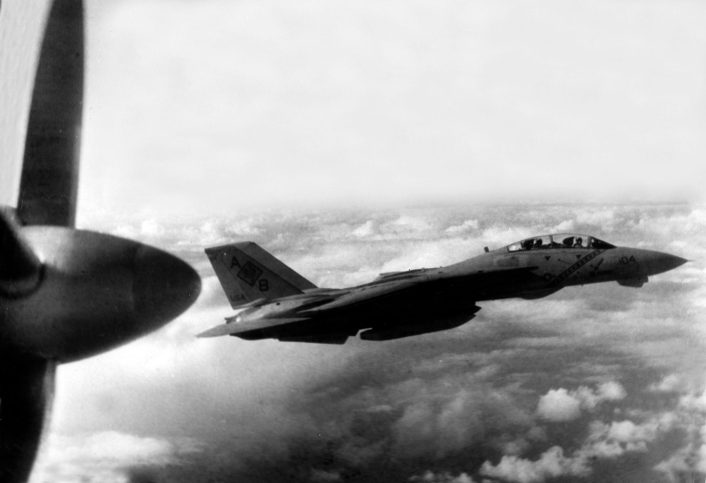
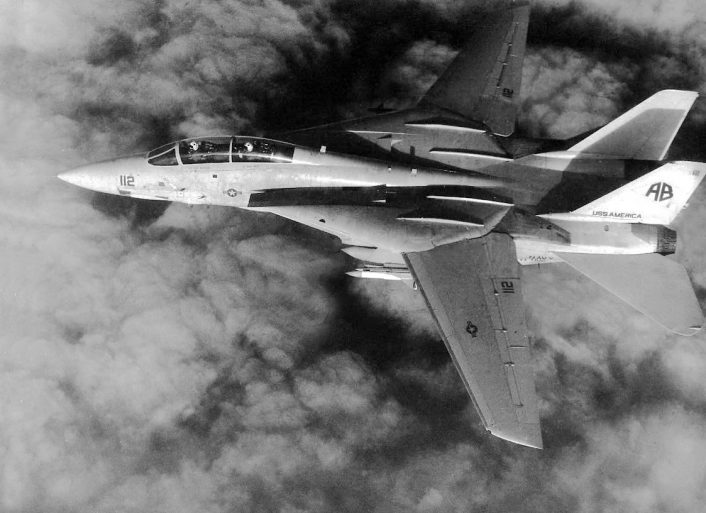

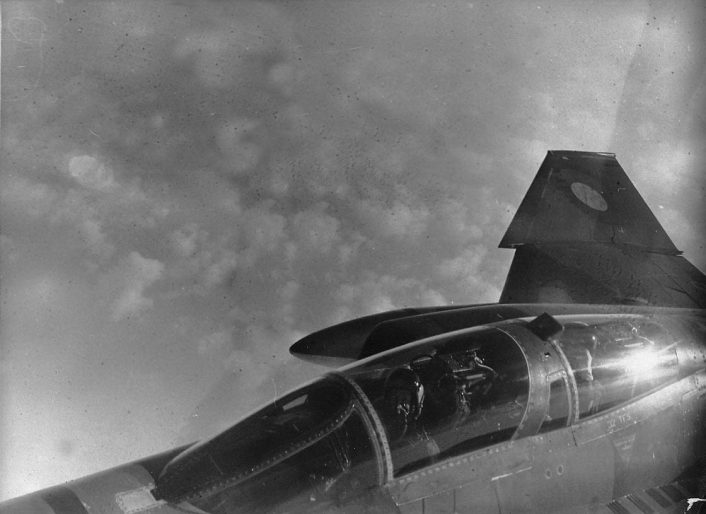
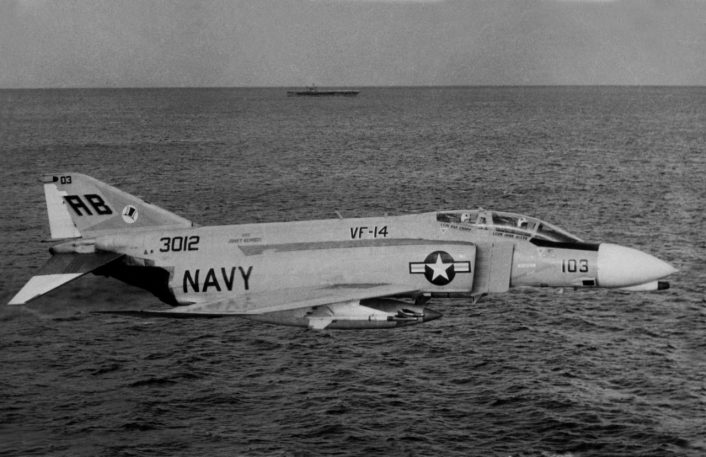
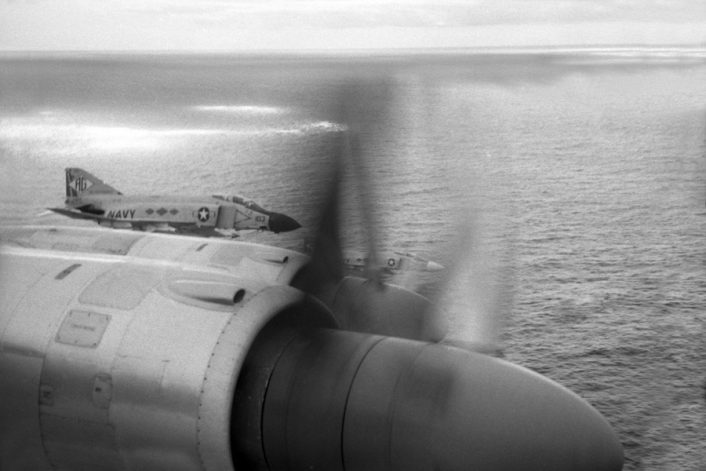
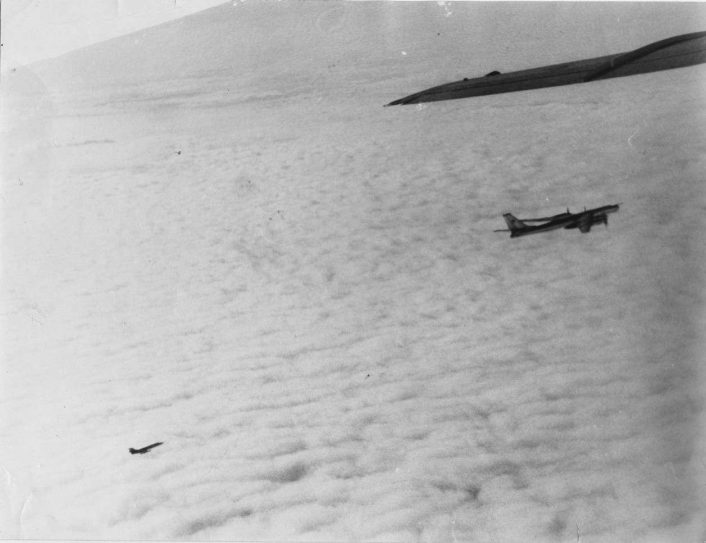
Now, take a look at the following photo (the same at the top of this article, just rotated): it shows the WSO of a U.S. Air Force F-4E of 57th FIS (NAS Keflavik) taking photo of Tu-142 of 76 OPLAP (Kipelovo AFB).

It reminds one of the most famous scenes of Top Gun, when “Goose” takes a photo of the MiG-28 while “Maverick” is flying his F-14 inverted over the Soviet jet. While the Phantom in this case was not inverted, the photo is interesting because it shows how close the F-4 was flying to the target. To that respect, these Cold War shots somehow prove that “what passes for dangerous and provocative today was ho-hum to recon crews of my generation (although we weren’t shot at like the early fliers from 1950-1960),” as a former RC-135 aircraft commander who flew the S, U, V, W, and X models once told us.
Indeed, as you will probably remember, on May 26, 2020, a P-8A Poseidon flying off Syria was shadowed for 65 minutes by two Russian Su-35s that performed an “unprofessional” intercept on the U.S. Navy ISR (Intelligence Surveillance Reconnaissance) aircraft. This incident was just the last one in a long series of interactions determined to be “unsafe” or “unprofressional” by the U.S. military, that has not only complained about the “stunts” or “aggressive maneuvers” carried out by the Russian pilots in the vicinity of the American spyplanes, but has often released photographs or videos of the dangerous intercepts to prove the point.
In some cases, the evidences provided were far from being definitive and rarely showed anything really dangerous. Commenting the footage of the Su-35s intercepting the Poseidon aircraft off Syria, here’s what a retired U.S. Navy fighter pilot wrote in a comment:
“I have flown countless intercepts like this. The film clips do NOT show unprofessional conduct. The fighter is in what is called “parade” position, similar to that flown by fighter pilots throughout the world every day. He displays no adverse closure, does not cross the nose of the P8, and does not ‘saddle up’ into a threatening aft-trail as he would to shoot. The stills are inconclusive because we don’t know the focal-length of the lens. A picture from a 200mm lens would appear much closer than that w a 35mm lens. I must tell you that intercepts like this have been going on for years; from both sides.”
Moreover, back in the days, some “stunts” were performed at the request of the intercepted aircraft….
Each time I read of a “dangerous intercept”, this article I wrote few years ago comes to my mind:
“We Did Barrel Rolls Around Tu-95s At The Request Of The Soviets”: F-4 WSO Explains The Story Of The Phantom Upside Down Near Bear”: https://t.co/UaLwbZR0Ci
— David Cenciotti (@cencio4) April 16, 2020
Anyway, you can find more photos of the NATO fighters intercepting Soviet aircraft here or here.
A big thank you to Dmitriy Ermolin for allowing us to publish the images you can find in this story. Make sure you visit the Facebook Page he administers: Авиабаза Кипелово.

